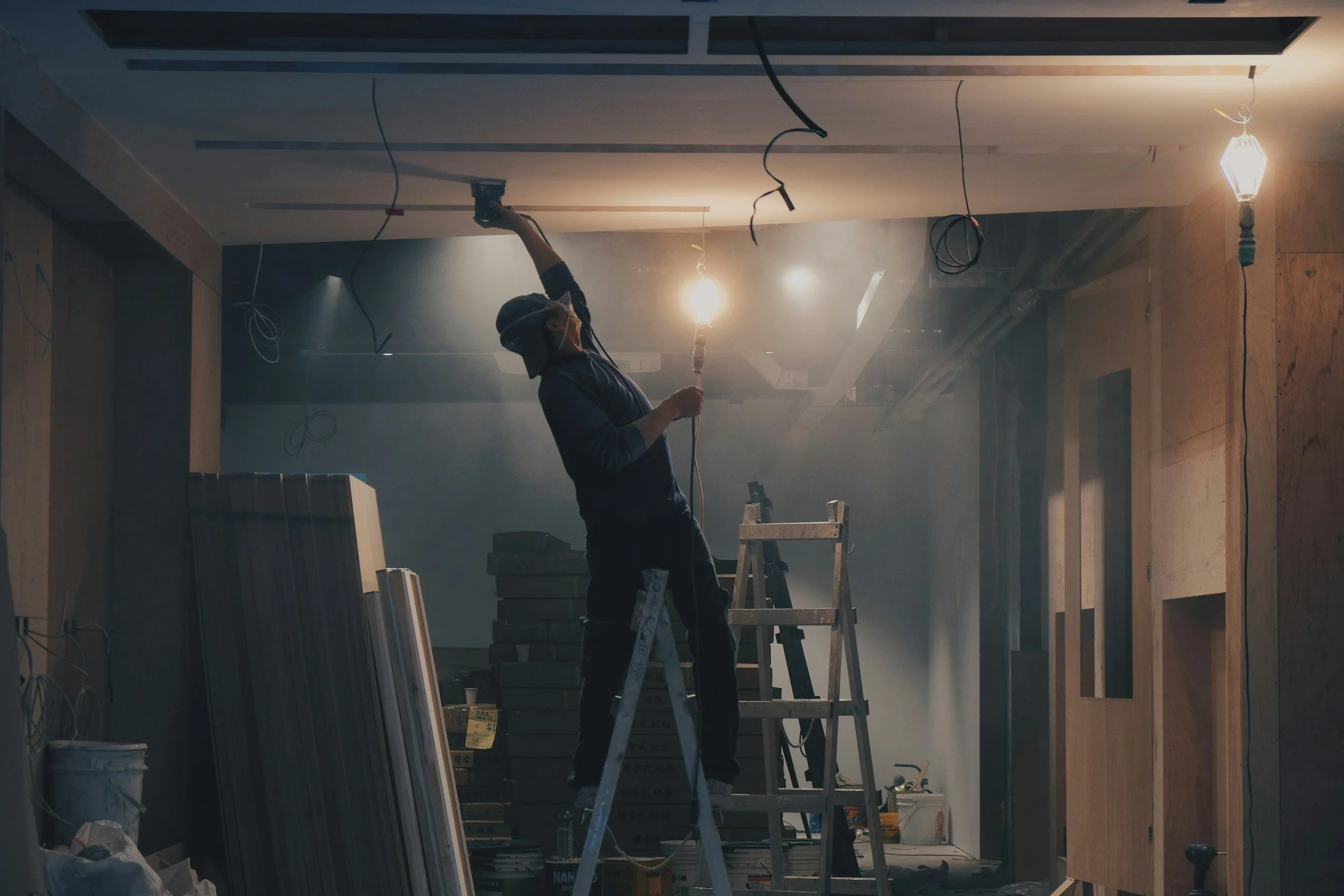"Is It a Big Deal or No Big Deal? How to Interpret Home Inspection Findings Like a Pro"
Buying a home can feel like a rollercoaster — exciting one minute, nerve-wracking the next. You’ve made an offer, things are moving forward, and then… your home inspection report arrives.
You scroll through the photos and think, “Uh oh — is this serious?”
Don’t worry. You’re not alone! One of the most common questions we get from first-time buyers is:
“The inspector flagged something — is it major or minor?”
At Elevate Inspections, our job is to help you understand not just what we found, but what it means. Let’s break down how to interpret those findings and what to focus on first.
1. Major vs. Minor Issues — What’s the Difference?
Not all findings are created equal. Some are simple maintenance items; others can affect the safety or value of the home.
Minor issues are typically cosmetic or easy fixes:
Loose doorknobs or cabinet hinges
Small drywall cracks
Minor caulking or grout gaps
Missing outlet covers or worn weatherstripping
These are more about upkeep than red flags.
Major issues, on the other hand, may impact safety, function, or long-term cost. Examples include:
Active roof leaks or foundation cracks
Faulty wiring or outdated electrical panels
Significant plumbing leaks or water intrusion
Structural damage or termite infestation
If something falls into this category, we’ll flag it clearly in your report — and explain why it matters.
Pro Tip: Don’t panic! Even major issues can often be repaired or negotiated before closing. The key is understanding scope and cost.
2. How Long Will It Last? (Understanding System Life Expectancy)
One of the best parts of a home inspection is learning how long your home’s key systems might last.
Here’s a general guide we often share with clients:
System Average Life Expectancy What to Watch For
Roof 20–30 years (asphalt shingles) Missing shingles, water stains, sagging
HVAC 10–15 years Uneven heating/cooling, rust, age of unit
Water Heater 8–12 years Rust on tank, discolored water, leaks
Appliances 8–15 years Efficiency decline, unusual noises, leaks
These aren’t expiration dates — they’re general timelines. If a system is near the end of its expected life, it doesn’t mean it’s failing, but it’s smart to plan for eventual replacement.
3. Addressing Immediate Safety Hazards
Some findings deserve quick attention, even before you move in.
Common immediate safety concerns include:
Electrical issues — exposed wiring, missing GFCIs, or outdated panels
Mold or moisture — especially around bathrooms, attics, or basements
Structural concerns — sagging floors, cracked beams, or shifting foundations
Gas leaks or improper venting — often found near water heaters or furnaces
Your inspector will always flag these items clearly and recommend licensed professionals for further evaluation.
4. What About Hidden Damage?
Even the most thorough inspection can only evaluate what’s visible and accessible at the time. That means we can’t see behind walls, under flooring, or inside pipes — but we can recognize warning signs.
We’ll note things like:
Water stains or bubbling paint, which can suggest past or active leaks
Soft spots in flooring, which may hint at moisture damage
Termite tubes or droppings, indicating possible infestation
Musty odors, which could signal hidden mold
If we suspect hidden issues, we’ll document them and recommend further specialized testing (like sewer scope, mold, or termite inspections).
Final Thoughts: Stay Calm, Stay Informed
Every home has imperfections — even new ones. The goal of a home inspection isn’t to scare you off, but to give you clarity and confidence.
At Elevate Inspections, we believe knowledge is power. Our mission is to help you understand your home, prioritize repairs, and move forward with peace of mind.
Whether you’re a first-time buyer or seasoned homeowner, we’ll help you interpret the details so you can make smart, informed decisions — because we’re all about taking inspections to new heights.


